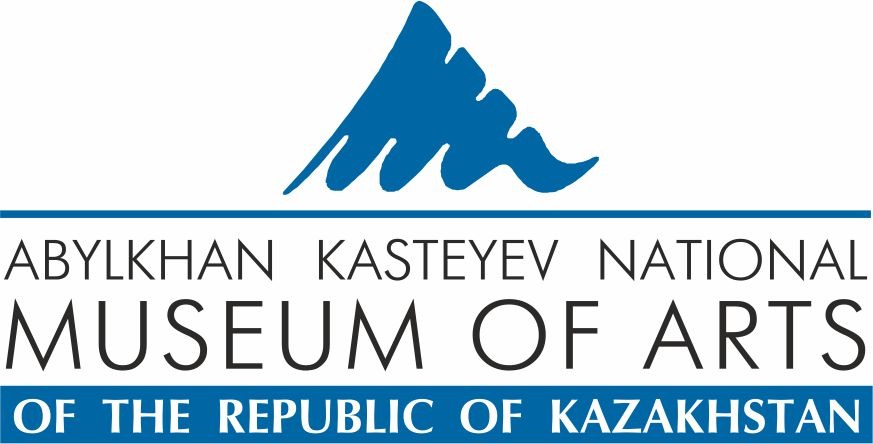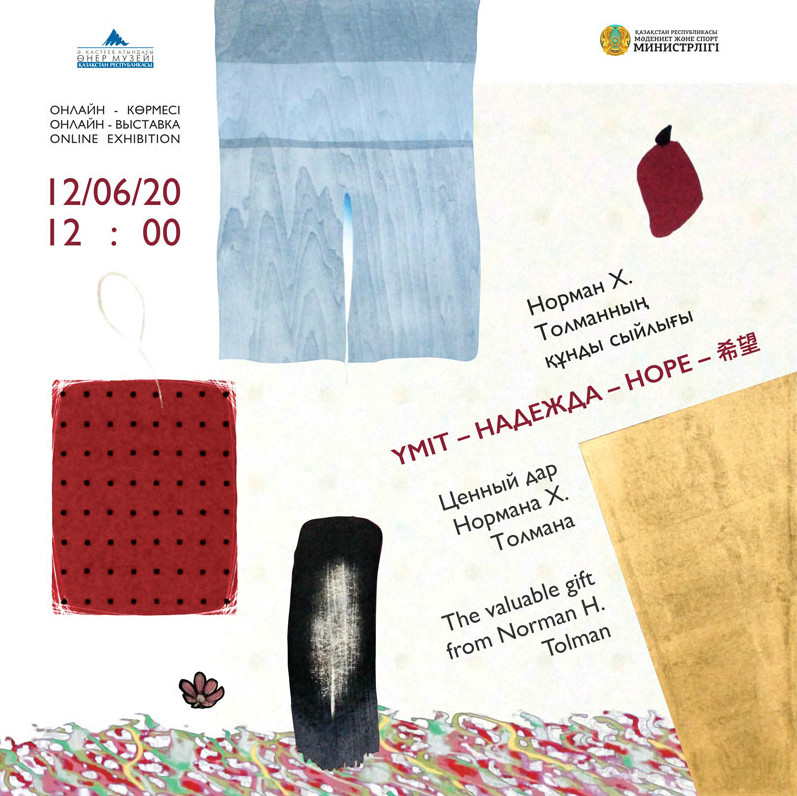June's 12, 2020 the State Museum of Art of the Republic of Kazakhstan named after A. Kasteev hosts an online exhibition "A VALUABLE GIFT OF A NORMAN H. TOLMAN ", revealing the work of contemporary Japanese artists. There will be a series of 8 works exhibited in various graphic techniques in 2012
}The series of contemporary Japanese graphics, presented to2020 the State Museum of Art of the Republic of Kazakhstan named after A. Kasteev by Norman H. Tolman, a collector, in December 2019. It is called HOPE. This series became a response to the tragedy that happened in 2011 - an earthquake that triggered an event that shook mankind - the destruction of a nuclear reactor at the Fukushima I nuclear power plant. Reflecting on this tragedy, collector Norman H. Tolman ordered prominent Japanese masters of graphic art a series on the theme - Hopes. Artists were not limited in either performance techniques or imaginative solutions. They tried to convey the concept of “hope”, as they feel it, the hope of the Renaissance. “Where hope dies, emptiness arises,” Leonardo da Vinci wrote in his diaries. It is quite difficult to express physically, it is ephemeral, sensual, spiritual thing. Artists who tackled this complex topic interpreted it from the standpoint of faith in a better and brighter future. Viewing this series of works, you understand that there is no emptiness, there is a world ready for overcoming and rebirth. Hope is one of the most deep-seated concepts, expressing the paradigm of a positive perception of the world, based on trust in the laws of life, and not losing its relevance in our time.
Japanese graphics used a wide range of methods in their work: from creating sheets using the traditional technique of woodcut, lithography, silk screen printing to using mixed digital printing techniques. The project was realized by such Japanese artists- Yuichi Hasegawa (1945), Masahiko Tsubota (1947), Kenji Nagai (1947), Yoshio Imamura (1948), Hidehiko Goto (1953), Shinichi Nakazawa (1956), Yoshikatsu Tamekane (1959), Hao Zhou (1960 г.р.). A limited edition of only 70 copies allows us to say that this is collection material, the possession of which is valuable and prestigious for any large collection of works of art. This series is in museums such as Smith College Museum of Art; Museum of Fine Arts, Boston; Portland Art Museum; National Gallery of Victoria, as well as in private collections.
Japan is often called the "land of engraving," and this is no coincidence. The engraving technique has been known and used here for a long time. In the 17-18 centuries it has already turned into an artistic phenomenon of world significance. In the mid-18th century, the technique of multicolor printing and its widespread distribution was developed. In the 19th century, Japanese engraving in many ways merges with European sources and creates, in its turn, new perfect forms. In modern engraving, “Sasaku Hanga” is a creative engraving, authorship ceases to be collective, opening up completely new possibilities for expressing a creative personality, one’s own manner, and temperament of the author.
In the series of works presented at the exhibition, the works are seemingly simple and laconic, filled with a sense of silence, imbued with subtle lyricism, an inner philosophical subtext that affects the emotional strings of the human soul - new forms of expressiveness, a high level of accomplishment.






